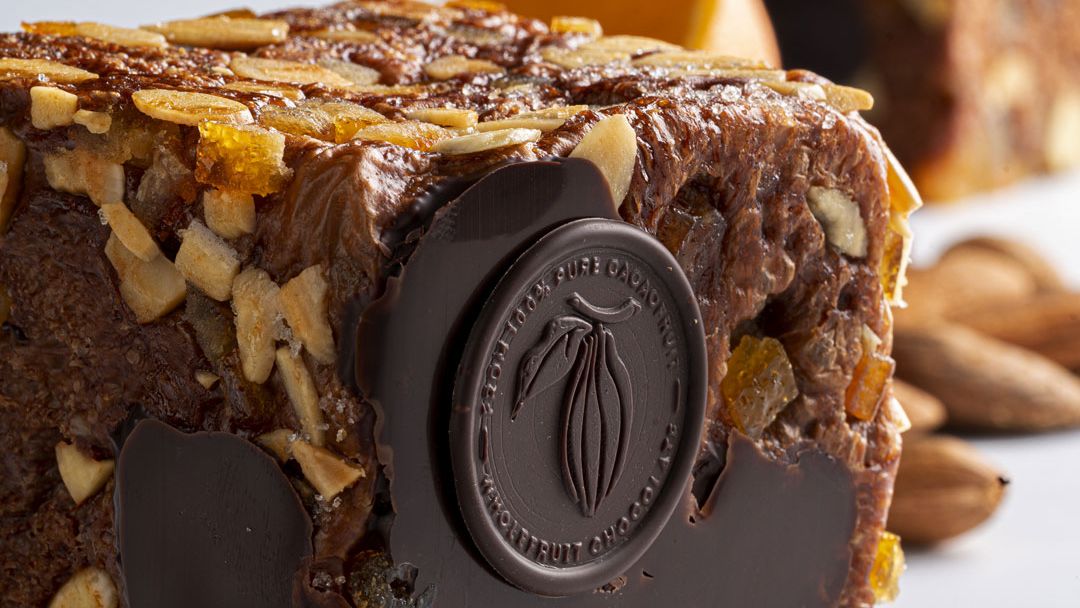WholeFruit Chocolate: Good for you, Good for the Planet, and Good for Business
Barry Callebaut AG (BARN SE), a leading manufacturer of cocoa, chocolate, and confectionary products, has broadened its impact on the chocolate industry with the release of WholeFruit chocolate, its first chocolate product made from 100% pure cacao fruit.
WholeFruit–with its unique sensory and nutritional profile–directly aligns with Barry Callebaut’s mission to produce quality, healthier chocolate through a more sustainable process.
According to the Upcycled Food Association (UFA), which certified WholeFruit, commercializing cacao fruit worldwide could reduce greenhouse gas emissions by more than 20 million tonnes per year. The goal of WholeFruit chocolate aligns squarely with Barry Callebaut’s sustainability goals; its production aims to reduce food waste by upcycling the cacao fruit throughout the process, using both the seeds and the fresh pulp of the cacao fruit.
Production of chocolate products using cacao fruit normally results in 70% of the fruit being discarded as waste. Upcycling the cacao fruit means that a larger portion of cacao is used to make WholeFruit, which the UFA asserts would significantly reduce global CO2 emissions.
The resulting product also offers better nutritional value as compared to traditional chocolates, with WholeFruit containing 40% less sugar than most dark and milk chocolates and high amounts of fiber.
Barry Callebaut’s WholeFruit, available as WholeFruit Bold (dark chocolate) or WholeFruit Velvety (milk chocolate), is an important product development for the company that, if successful, will support its goals to reduce food waste in its production, while offering healthier products for its customers.
If you’re interested in reading more about corporate work to lower environmental impacts, please see other EP Insights from Terra Alpha here.

